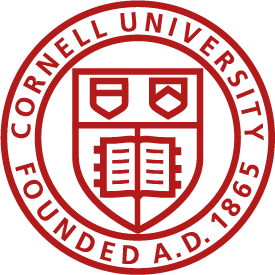Welcome to Materials X!
My name is Maximilian Amsler and I am a researcher in the field of materials exploration. Using computational methods, I discover, design and study the properties of various materials. My research takes place in an interdisciplinary environment, where physics, chemistry and materials science meet to investigate exciting phenomena in condensed matter.
LASSP Special Seminar - Cornell
 In silico materials design: porous high-pressure intermetallics and rattling Heusler compounds. I will give a talk on my recent reserach results at the Cornell University. The talk will be aimed at anyone interested in how to use computer simulations effectively to investigate materials. The focus will be on structure prediction methods, and how they can Read More ...
In silico materials design: porous high-pressure intermetallics and rattling Heusler compounds. I will give a talk on my recent reserach results at the Cornell University. The talk will be aimed at anyone interested in how to use computer simulations effectively to investigate materials. The focus will be on structure prediction methods, and how they can Read More ...Discovery of ultralow thermal conductivity in new Heusler compounds
 Semiconducting half and, to a lesser extent, full Heusler compounds are promising thermoelectric materials due to their compelling electronic properties with large power factors. However, intrinsically high thermal conductivity resulting in a limited thermoelectric efficiency has so far impeded their widespread use in practical applications. Here, we report the computational discovery of a class of Read More ...
Semiconducting half and, to a lesser extent, full Heusler compounds are promising thermoelectric materials due to their compelling electronic properties with large power factors. However, intrinsically high thermal conductivity resulting in a limited thermoelectric efficiency has so far impeded their widespread use in practical applications. Here, we report the computational discovery of a class of Read More ...Kickoff
 I am delighted to announce the launch of Materials X, my personal platform reporting on discoveries in the area of materials exploration.
I am delighted to announce the launch of Materials X, my personal platform reporting on discoveries in the area of materials exploration.




